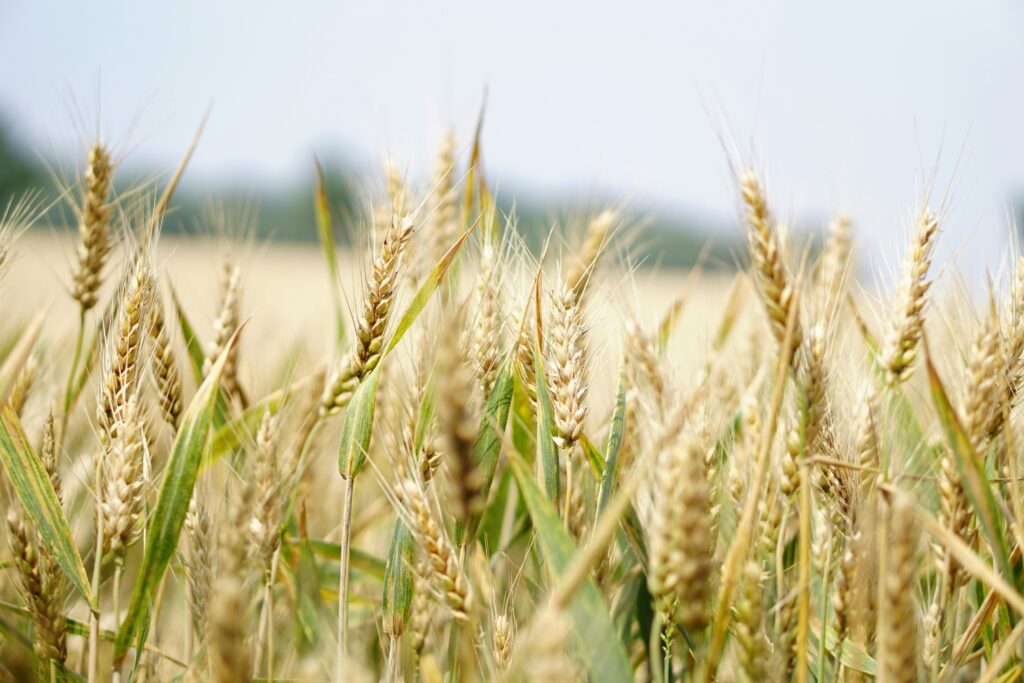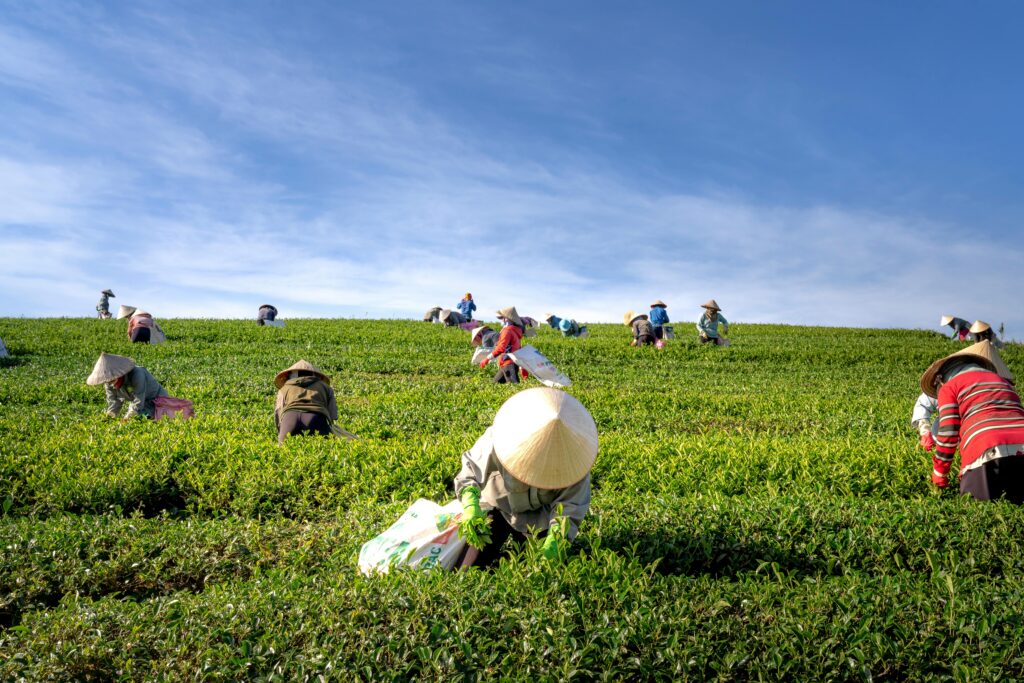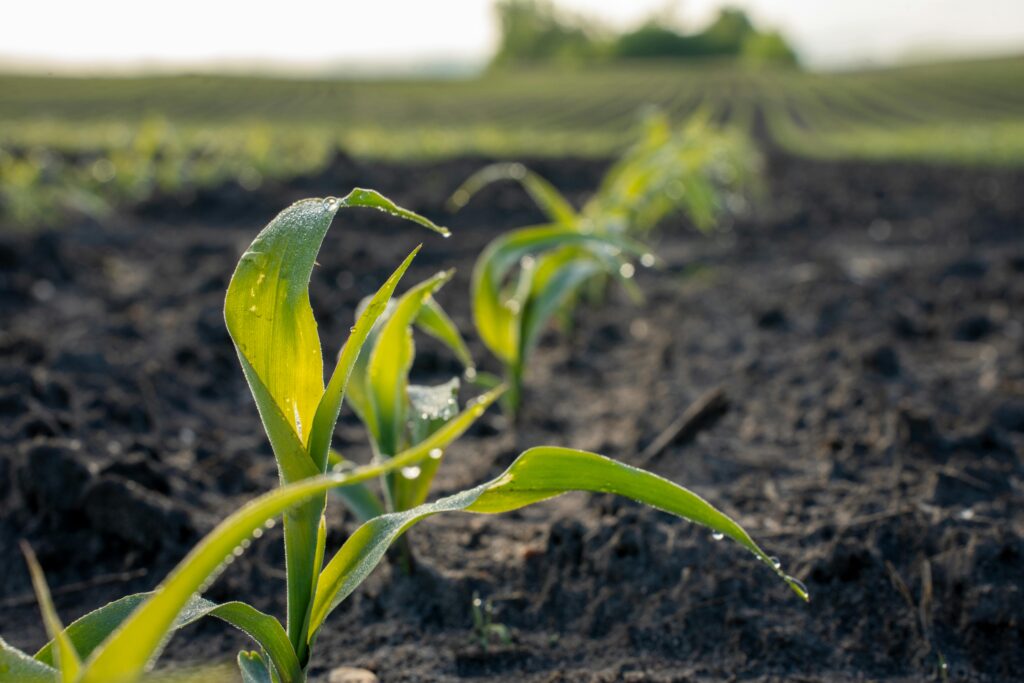
Sustainability is one of the most significant buzzwords in the world. We hear it for almost everything, from clothes to makeup and even food.
Now, sustainability is integrated into food? Simply, consider a farming system that not only provides for our needs but also benefits the environment. That is the main goal of regenerative agriculture.
“I don’t think the average person wants to live in a sustained environment, they want to live in something that is expanding and going better” – Robert Rodale
Regenerative farming, in contrast to traditional farming, aims to improve the environment, restore soil health, and absorb carbon from the air.
We are about to explore some amazing new methods people are growing food, and how these brilliant ideas might just help save the Earth in the future!
What’s the main reason behind the rise of regenerative agriculture?
First off, what is regenerative agriculture?

Regenerative agriculture is an agricultural method that benefits nature instead of harming it. It means taking care of the soil, growing different crops, and giving the land time to rest and heal.
Farmers use natural methods like moving animals around, planting cover crops, and not digging the soil too much.
The goal is simple: better food, healthier land, and a happier planet.
Principles of Regenerative Agriculture

Don’t know what it takes to abide by the rules of Regenerative agriculture? Here are some of the principles to follow:
- Take Care of the Soil
The core of good farming is healthy soil. Water retention, plant growth, carbon storage, and biodiversity are all impacted by healthy soil.s facilitated by healthy soil, which also retains water and nutrients.
- Keep the soil covered at all times
Soil can dry out and wash away if you leave it exposed. To protect it, plant cover crops or use fertilizer.
- Grow a Variety of Crops
The soil is weakened when the same crop is planted each year. Change your crops to minimize pests and maintain healthy soil. This will help to grow a lot of crops.
- Apply Natural Alternatives for Chemicals
Avoid being exposed to chemical pesticides and fertilizers. However, use natural methods, beneficial insects, and waste material.
- Less disturbance of the soil
The soil is harmed by too much pressing or digging. To preserve its life and structure, keep it as undisturbed as much as you can.
So, why do these principles matter so much — and what real benefits do they bring to farmers and the planet? Let’s take a look.
Why Does Regenerative Agriculture Matter Right Now?

With climate change knocking at our door, the method we use to grow our food matters more than ever. Traditional farming is difficult on the planet, it damages soil, pollutes water, and adds greenhouse gases to the air.
The mindset changes with regenerative agriculture. It refreshes the soil, removes carbon from the environment, and keeps crops strong in the face of heat waves, droughts, and floods.
Growing food is just one part of it; the other is feeding the planet and healing it at the same time.
Benefits of Regenerative Agriculture
- Encouraging Biodiversity: Regenerative farming brings back balance by growing a mix of crops and welcoming animals and insects. This variety helps farms stay strong against pests, diseases, and weather changes.
- Climate-Friendly Farming: It helps remove carbon from the air and stores it in healthy soil, which supports the fight against climate change. It keeps the air clean by cutting down the use of chemicals.
- Healthier Food: This process of farming grows food that’s full of nutrients, free from harmful stuff, and tastier and better for your health.
- By creating organic soil matter, soil restoration improves the soil’s fertility and life.
- Water Saving: Because healthier soil holds onto more water, farms with healthier soil are better equipped to endure dry spells.
What Distinguishes Regenerative Agriculture and Regenerative Farming?
Heavy chemicals and large machinery are frequently used in agricultural operations, which over time can harm the soil, affect water, and harm the environment.
The opposite is true with regenerative farming. It employs natural techniques to maintain the soil’s health, encourage the growth of more plant and animal life, and assist the entire farm in maintaining harmony with the environment.
The Future of Food Is Regenerative

Regenerative agriculture is the future, not just a trend. Our current farming practices are contributing to climate change, harming the soil, and contaminating the water.
We will run out of fertile land to grow our food if we continue in this direction.
How can we change this, then?
Regenerative farming can help with that. It restores wildlife, aids in soil healing, and even purifies the air. It’s a method of producing food that benefits both the environment and humans.
Conclusion: A Better Tomorrow Starts Today
Farmers using regenerative methods help the land heal, and the land gives back. They grow better food and protect the future.
You can help too.
Support local farms that care for the earth. Every small choice matters.
The advantages are that we can grow food easily, improve soil health, reduce chemical use, and increase resilience, but at the same it’s very time-consuming, and the potential for lower initial yields its prices are also very high in the market access.

